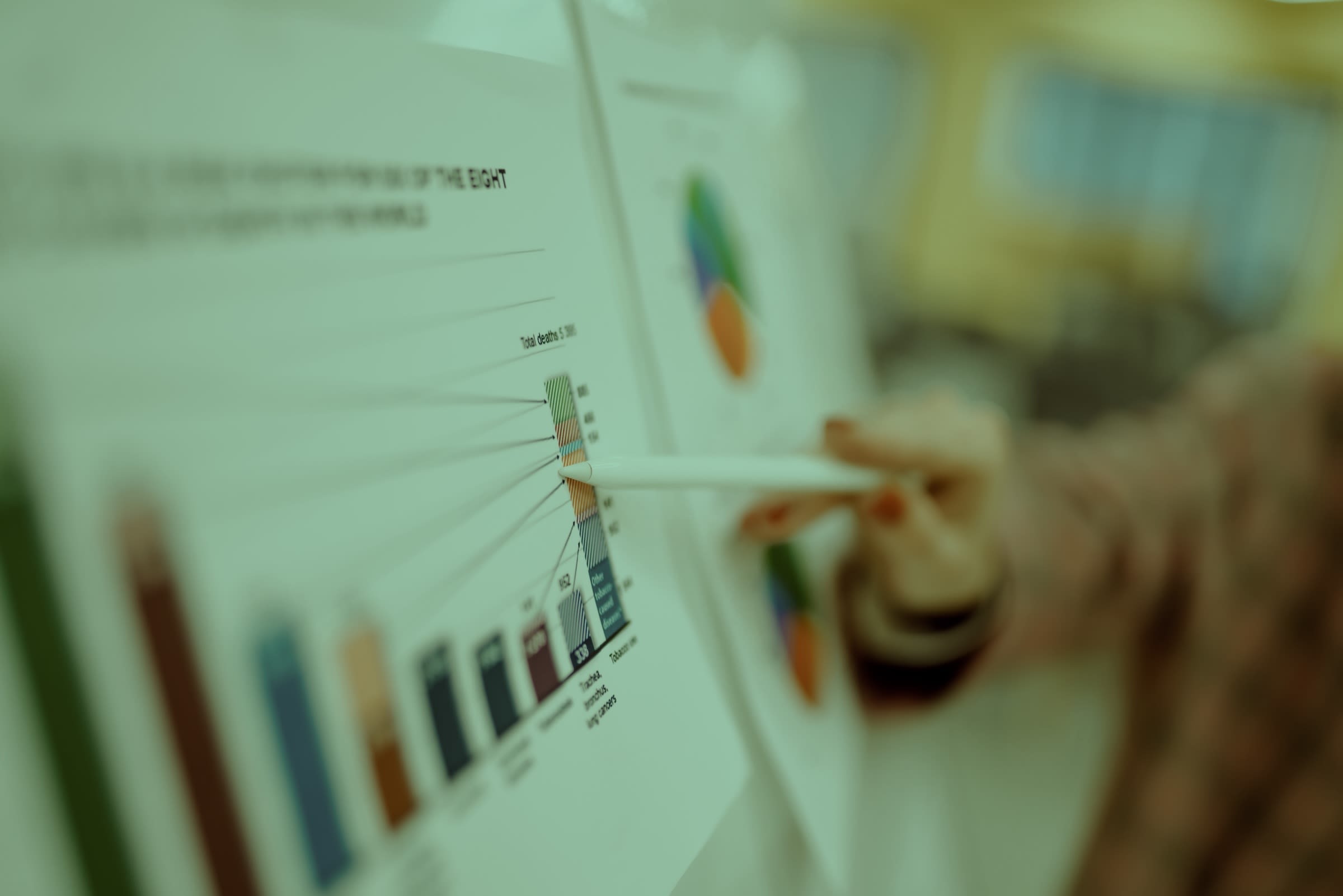Whether they realize it or not, every city leader is a forecaster. When you estimate how many residents will attend a community event, how much sales tax revenue will be collected next quarter, or whether those pesky pothole repairs can wait until the next fiscal year, you are making guesses about future results. The difference is that, in most cases, those forecasts are based on gut instinct and experience in city work.
What if we told you that there’s a way to make those same judgments, but with greater accuracy and transparency? Let’s talk about leveraging data science in city forecasting.
Whether using advanced tools or solely intuition, at its core, forecasting is the practice of using past and current data to make informed estimates about what will happen in the future. At ZacTax, we pride ourselves in our ability to leverage data science tools while prioritizing those aspects of city government that numbers don’t always show.
For local governments, forecasting is a way of bringing discipline and clarity to decisions that carry real consequences for the well-being of our communities. Think about:
- Budgets/Finance: Reliable revenue forecasts can help avoid shortfalls, stabilize fiscal spending, and plan projects responsibly.
- Operations: Anticipating demand for public transit, emergency services, or waste collection to ensure that resources are available where/when constituents need them.
- Policy and Planning: Future population, housing, and employment estimates can impact zoning, investments in infrastructure, and long-term strategies for growth.
To be clear, forecasting isn’t predicting a certain future; rather, it is about narrowing down the range of possibilities so that city leaders can adapt and respond more effectively.
The best forecasts give a range of outcomes and the uncertainty around them, rather than just a single number. In fact, communicating uncertainty via tools like confidence intervals are often more valuable than the central estimate itself.
Over the next few posts in this series, we’ll unpack the different ways that forecasters approach this work. We will survey the major families of forecasting methods and when to use them:
- Trend-based forecasting (e.g. moving averages, exponential smoothing) for shorter-term operational needs like predicting utility demand.
- Time series models (like ARIMA) that capture recurring patterns such as seasonality in sales tax revenue.
- Correlation and causality analysis that link outcomes to drivers (think employment, consumer sentiment, and foot traffic levels).
- Simulation approaches for probability forecast that quantifies the risk of specific revenue outcomes.
Along the way, we’ll also highlight practical tips, such as how we evaluate forecasts, how to incorporate them into decision-making, and how to avoid common pitfalls like confusing correlation with causation.
Bottom line: forecasting won’t give you a crystal ball. But it will give you a clearer lens for making smarter, more resilient decisions for your community.
